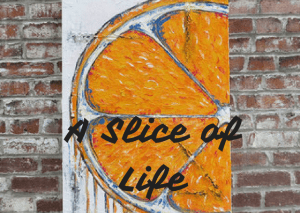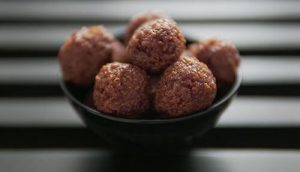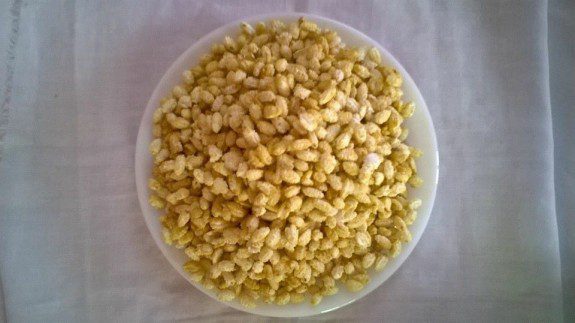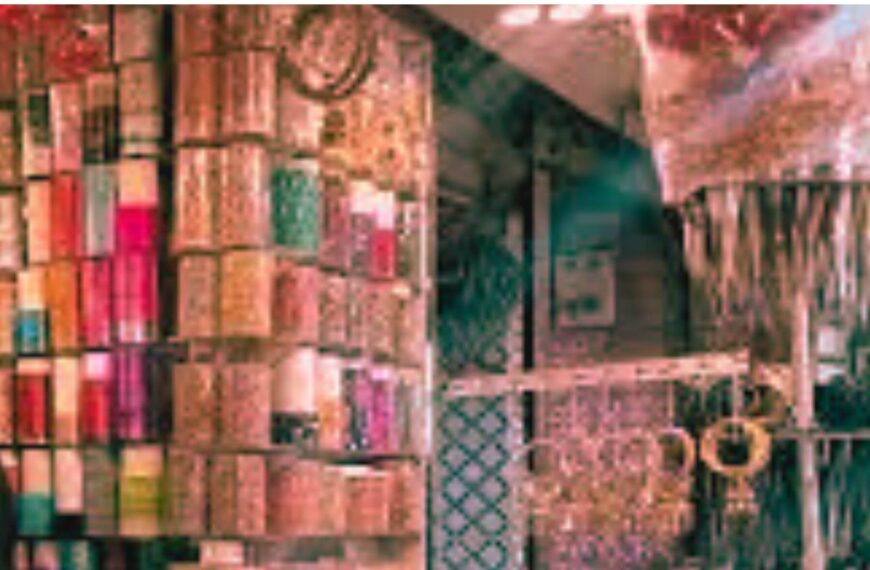This week Ruchira tells us about a whole range of homemade Bengali sweets. A Different Truths exclusive.
 For the general public in India, Bengali sweets are synonymous with Rosogolla, an exciting array ofSandesh with Mishti Doi bringing up the rear. Incidentally owing to its immense popularity Mishti Doi is now getting manufactured beyond the borders of Amaar Bangla mainly by high profile companies like Amul, Mother Dairy, et al. But in terms of taste these products are nowhere near their original counterpart within the state.
For the general public in India, Bengali sweets are synonymous with Rosogolla, an exciting array ofSandesh with Mishti Doi bringing up the rear. Incidentally owing to its immense popularity Mishti Doi is now getting manufactured beyond the borders of Amaar Bangla mainly by high profile companies like Amul, Mother Dairy, et al. But in terms of taste these products are nowhere near their original counterpart within the state.
Bengali moms and wives (read chefs) appear to possess a knack of dishing up obsequious sweet items, a limited range of ingredients notwithstanding.
Profound sweet tooth that Bengalis are, they are perpetually on a quest of sweetmeats apart from the widely acclaimed ones. Bengali moms and wives (read chefs) appear to possess a knack of dishing up obsequious sweet items, a limited range of ingredients notwithstanding. A few examples: when it is peak summer, mango, the king of fruits holds sway. During this phase sweet tooth are wont to consume aam-kola-diye-mudi-makha a mishmash of juicy squeezable mangoes (not the hard slice types) whole ripe bananas, puffed rice. Add milk if you so desire. The quantity of sugar that is to be added depends on personal preference. Ideal for breakfast on a sunny summer morning.
Onward to lunch. An old adage goes, “Madhurena Samapayet” (all meals must end with a sweet). In case the regular standard sweets are not available try this: add plain rice to cold/ luke-warm milk enough to moisten the rice but not make it soupy. Next, add a solid chunk of rich brown Patali Gur (palm jaggery) and consume. The taste is superb, let me assure you!
When both ripe mangoes and bananas are available in abundance, one could try eating cold plain rice with cold milk into which mango pulp as well as squashed banana/s have been added.
When both ripe mangoes and bananas are available in abundance, one could try eating cold plain rice with cold milk into which mango pulp as well as squashed banana/s have been added. Again, vary the sugar content (to be added to the mixture) as per taste. There is yet another version of the above mentioned dish. After the “fresh mango” season draws to a close you could substitute mangoes with aam sattva(dried mango pulp/sweet aam papad). As a sweetener replace sugar with plain sandesh. Let me juggle public memory a bit: old timers may recall a famous (read popular) short poem on this avatar by none other than Tagore.
Khoi Murki is yet another homemade sweet delicacy. Immaculate white khoi (popped rice à la popcorn) is rolled in thick viscous syrup of molten jaggery. The lumpy, mass is then doled out to children and adults alike. Edible anytime during the day. Then we come to the very homey mudir mowa. In this case, muri(puffed rice/murmura) is rolled – yes again – in molten jaggery and shaped into large or medium sized balls.
There is an exciting range of Naadoo (laddoos/ balls).
There is an exciting range of Naadoo (laddoos/ balls). Grated coconut is dry sautéed in a wide wok with sugar; the oil oozing out of the coconut is sufficient to moisten the mixture which helps to shape it into tiny balls. Sugar can be

substituted with gur whenever available. Both varieties may easily be stored in air tight containers for several weeks. We hear innumerable anecdotes of how little pranksters often polished off the entire stock of naaddoos from the larder when adults were not around. If caught, many of them were given a sound thrashing for their misdeeds.
Another slightly less popular and seasonal variant is the tiler naadoo (sweetened sesame balls). Comprising of dry fried sesame seeds hard boiled in liquid gur, the end products were rather tough to crush with the teeth. It requires several careful bites to be able to enjoy the stuff.
Come autumn/winter and it is time for preparing payesh (kheer) doused in Nolen Gur
Come autumn/winter and it is time for preparing payesh (kheer) doused in Nolen Gur (viscous jaggeryfreshly harvested from date palm trees).This precious commodity is also used in making both rosogollaand sandesh. The amber coloured final products are a visual delight!
Many young readers might tend to brand some of these sweets as obsolete, nay archaic. Nevertheless, they form an integral part of Bengali confectionary.
Photos from the Internet






 By
By

